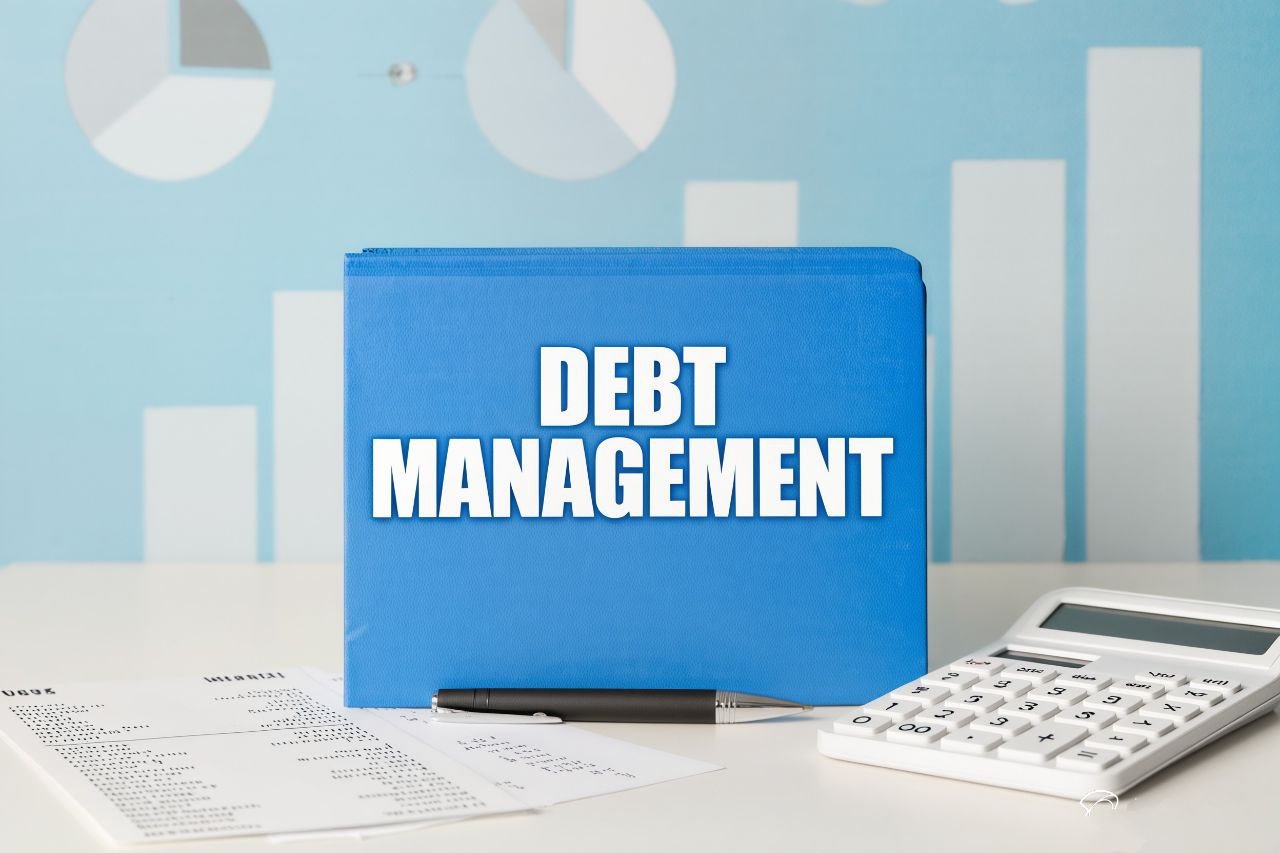Debt can feel like a heavy weight holding you back from financial freedom, but the good news is that you can take control and eliminate it faster with the right approach. Many people struggle with multiple loans, credit card balances, or student debt, but by applying proven debt management strategies, you can create a clear path to becoming debt-free. The key is consistency, discipline, and the willingness to adjust your lifestyle for long-term financial health.
1. Create a Realistic Budget
The first step to paying off debt faster is knowing where your money goes. Track all your income and expenses for at least one month. Use a budgeting app or spreadsheet to identify spending patterns. Once you know where the leaks are, redirect unnecessary spending toward debt repayment. For example, cutting down on eating out three times a week could free up $150 a month — that’s $1,800 a year that can go toward your credit card debt.
2. Use the Debt Snowball Method
The snowball method focuses on paying off your smallest debt first. This approach creates momentum and psychological wins, which help keep you motivated. Imagine you have three debts: $600, $2,000, and $5,000. By tackling the $600 debt first, you eliminate one account quickly. The confidence you gain from that success fuels you to move on to the bigger debts.
3. Try the Debt Avalanche Method
If interest costs are eating away at your income, use the debt avalanche method. This strategy prioritizes debts with the highest interest rates. For instance, if your credit card has a 22% APR while your student loan has 6%, paying off the card first saves you far more in the long run. This method may take longer to see small wins, but it reduces the total interest you pay over time.
4. Consolidate Your Debt
Debt consolidation is a powerful tool when you have multiple high-interest loans. By combining them into a single loan with a lower rate, you simplify your finances and save money. For example, consolidating three credit cards into one personal loan can reduce your monthly payments and make repayment more manageable. However, always read the fine print — some consolidation loans have hidden fees.
5. Negotiate with Creditors
Don’t underestimate the power of negotiation. Credit card companies and lenders may be willing to reduce interest rates or adjust repayment terms if you explain your situation. A 10-minute phone call could save you hundreds of dollars over the course of a year. If you feel overwhelmed, consider working with a credit counseling agency that can negotiate on your behalf.
6. Increase Your Income
Cutting expenses is important, but sometimes it’s not enough. Look for ways to boost your income and dedicate the extra money to debt repayment. Side hustles like freelancing, tutoring, ride-sharing, or selling unused items online can bring in an extra $200–$500 per month. Over a year, that could mean an additional $6,000 toward becoming debt-free.
7. Automate Your Payments
Late payments lead to fees, higher interest, and damage to your credit score. Automating your debt payments ensures consistency and helps you avoid costly mistakes. Even automating the minimum payments guarantees you stay on track, while any extra money you earn can be directed toward the principal balance.
8. Cut Unnecessary Expenses
Look at your lifestyle honestly. Do you need all those subscription services? Can you cook at home more often? Could you shop for generic brands instead of name brands? These small changes add up quickly. Canceling just three unused subscriptions might save you $40 a month — money better spent reducing your debt.
9. Build an Emergency Fund
While it may seem counterintuitive to save while paying off debt, a small emergency fund (around $500–$1,000) prevents you from using credit cards when unexpected expenses arise. Without this cushion, one car repair or medical bill could undo months of progress. Think of the emergency fund as a shield that protects your debt management efforts.
10. Stay Motivated and Track Progress
Paying off debt is a marathon, not a sprint. Create milestones and celebrate small wins. For example, when you pay off 25% of your total debt, treat yourself to a budget-friendly reward like a nice dinner or a day trip. Tracking progress with apps or a debt repayment chart helps you visualize your journey and stay committed.
Why Debt Management is the Key to Financial Freedom
Good debt management is not just about eliminating balances — it’s about transforming your relationship with money. By learning to budget, prioritize, and stick to a plan, you build habits that prevent future debt. Once your debts are paid off, the money you previously spent on monthly payments can now go toward savings, investments, or retirement planning. This shift turns a financial burden into an opportunity for wealth building.
